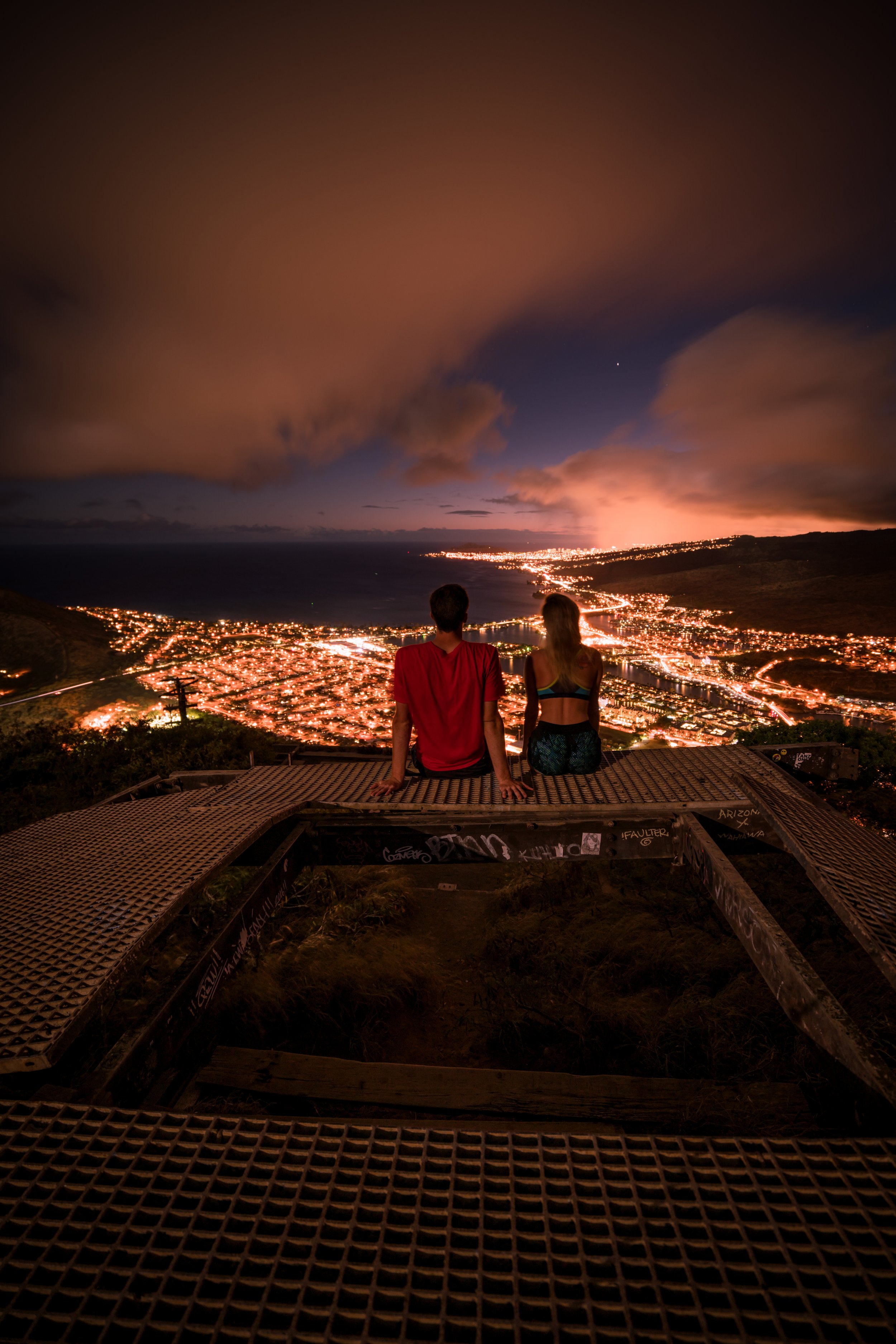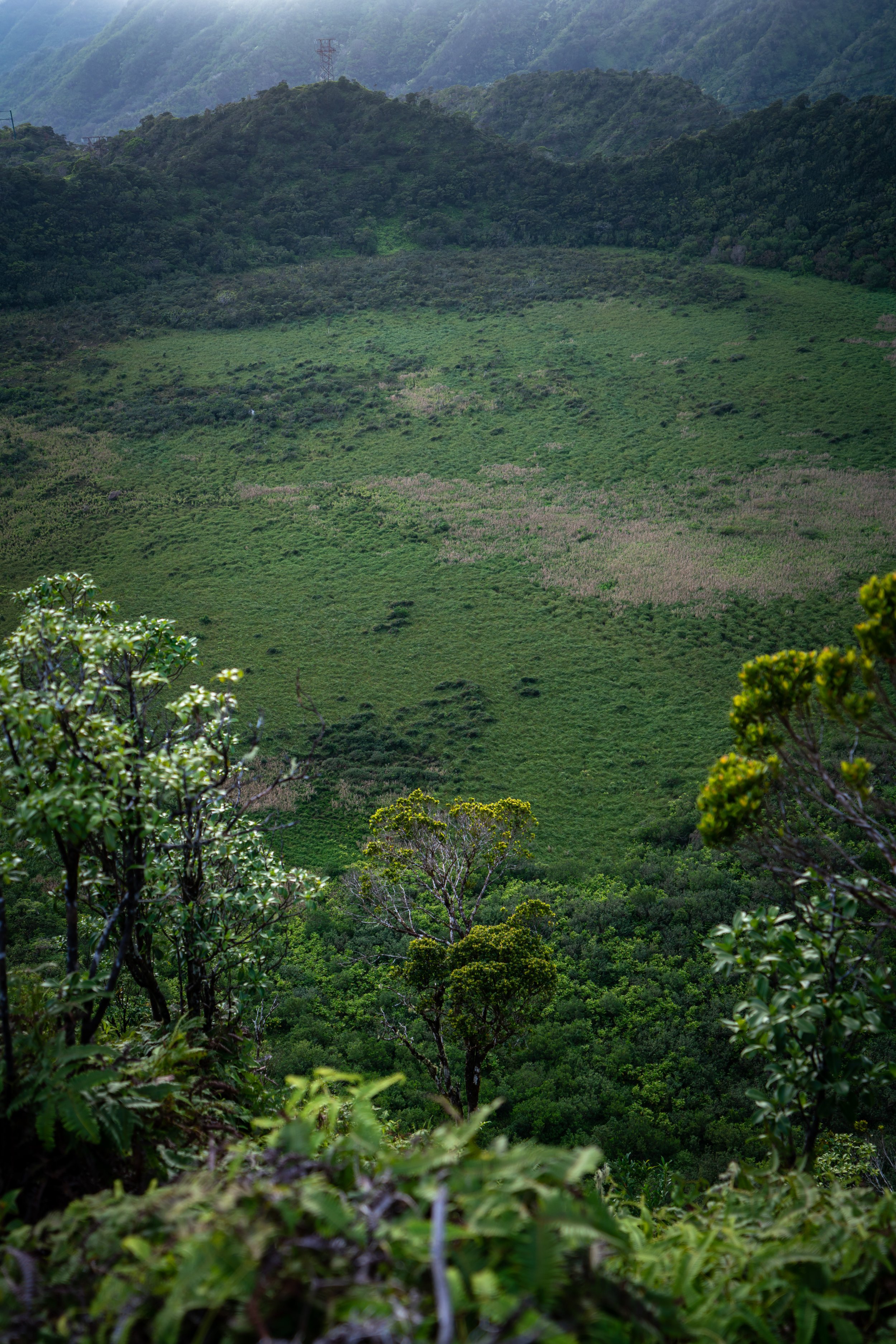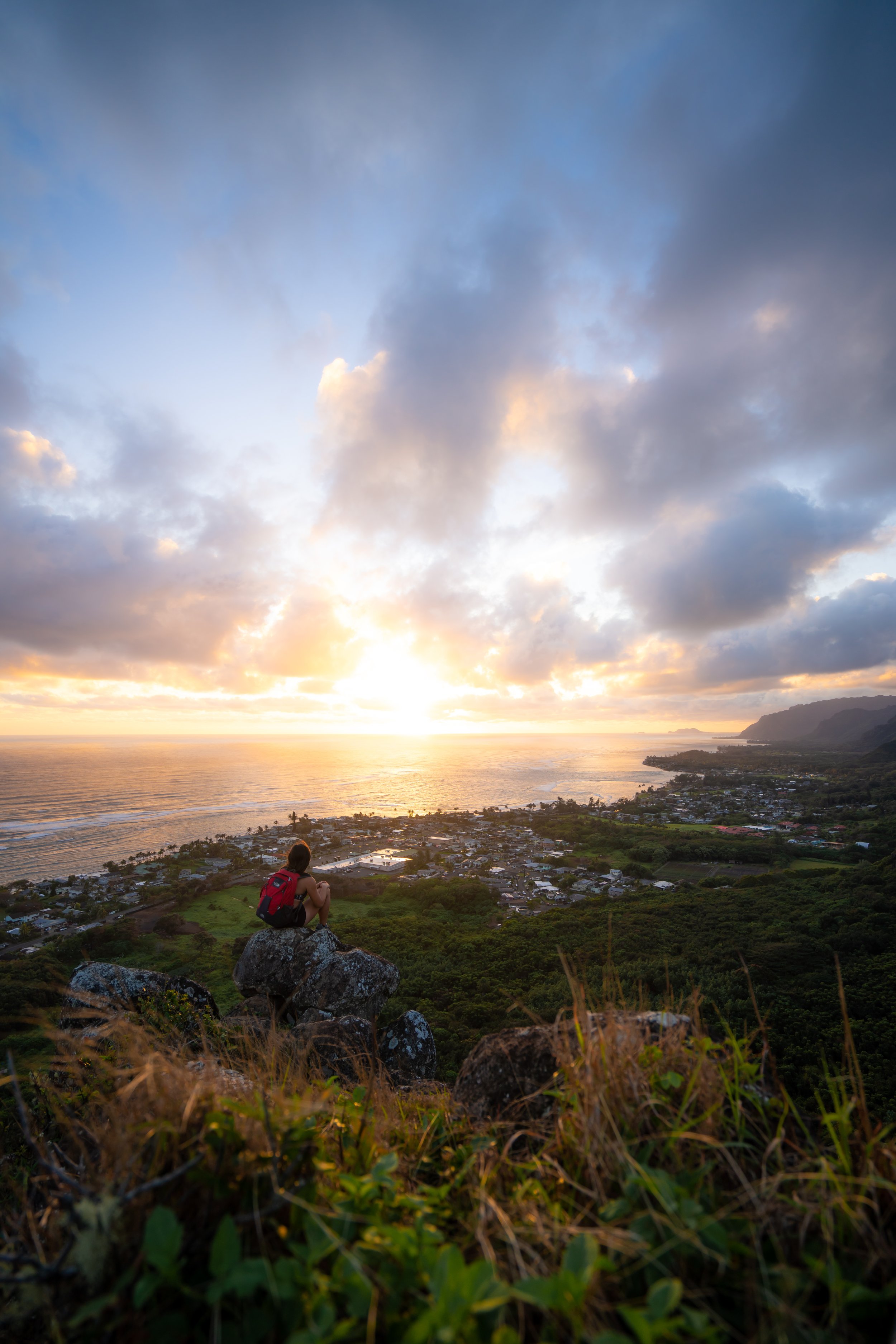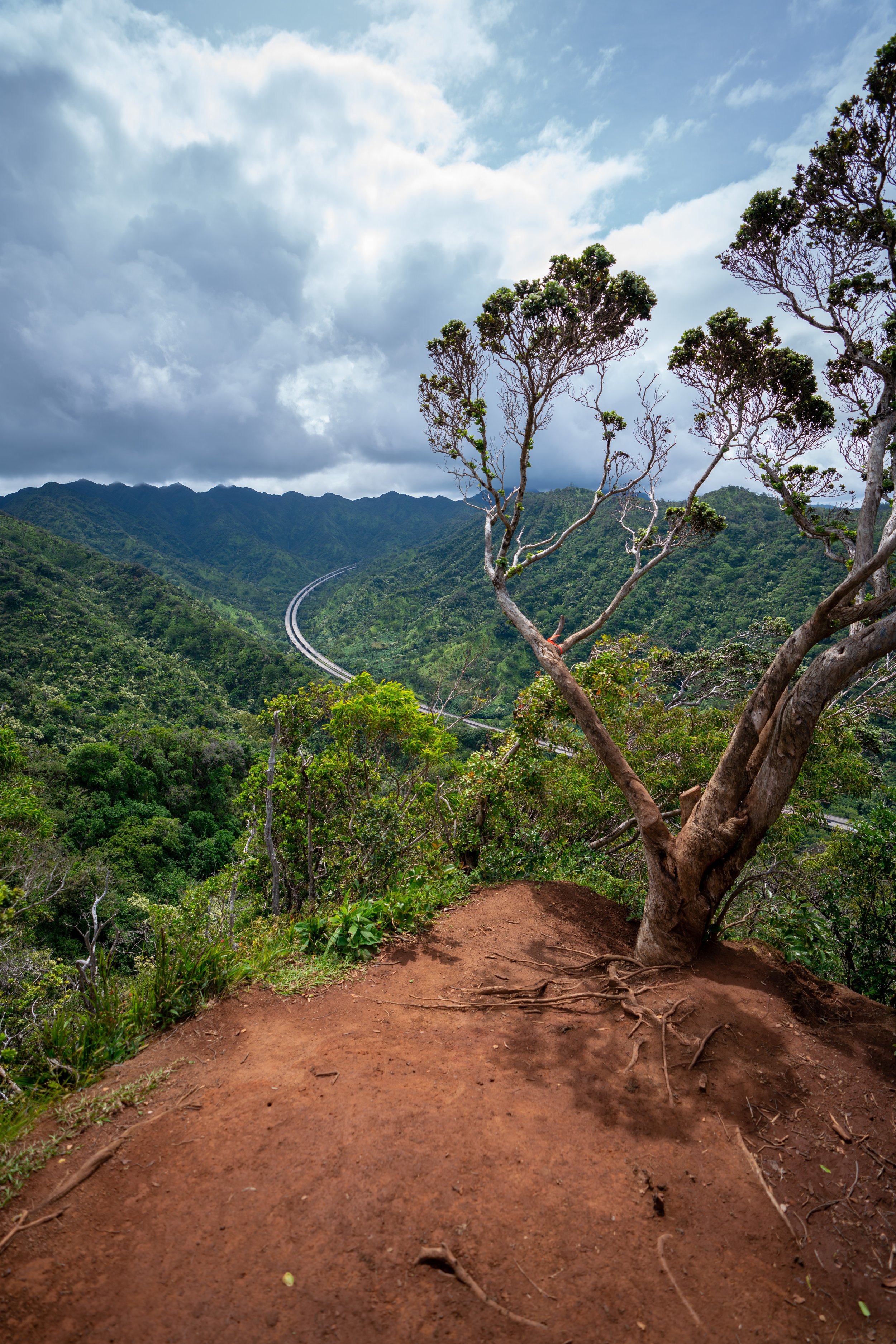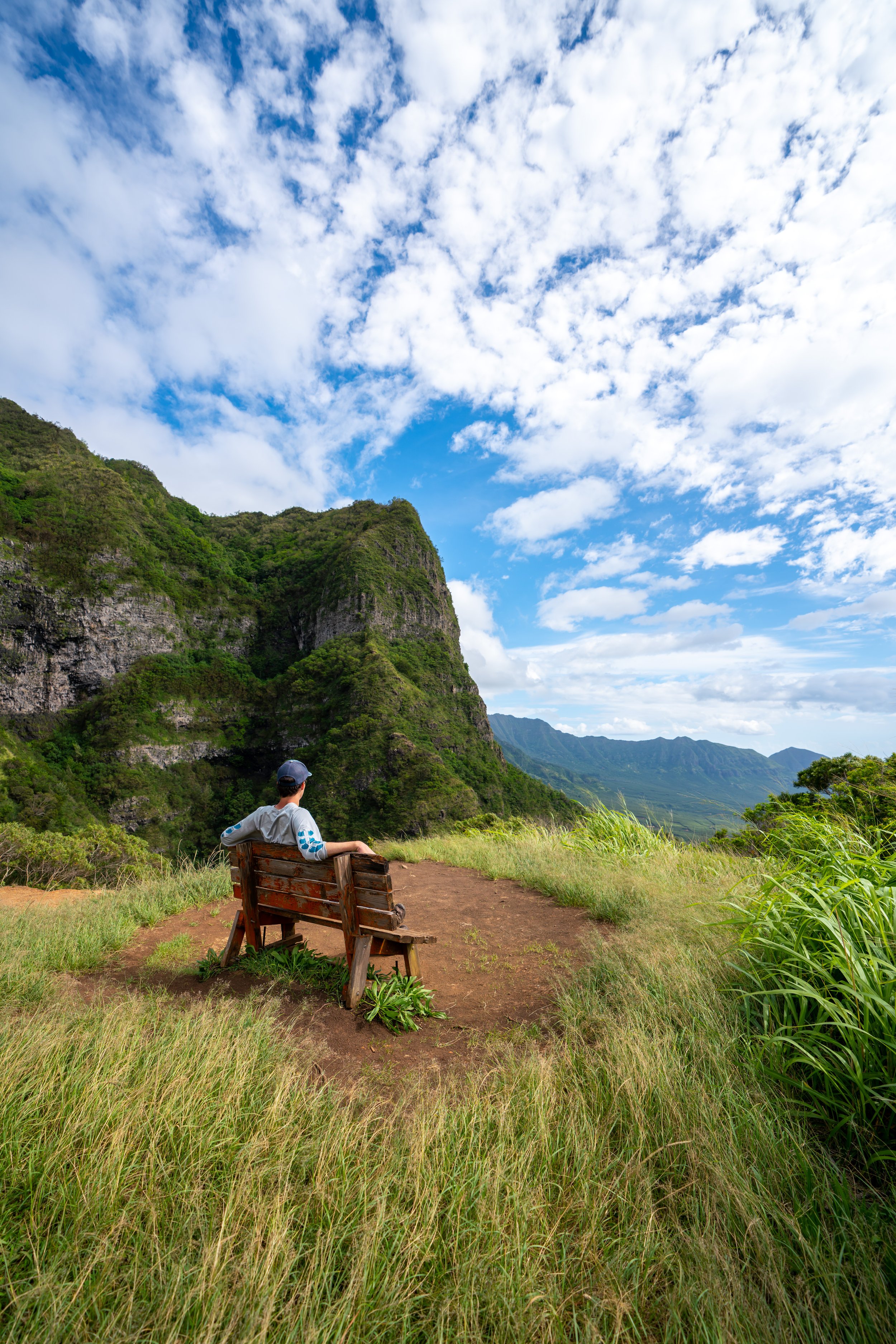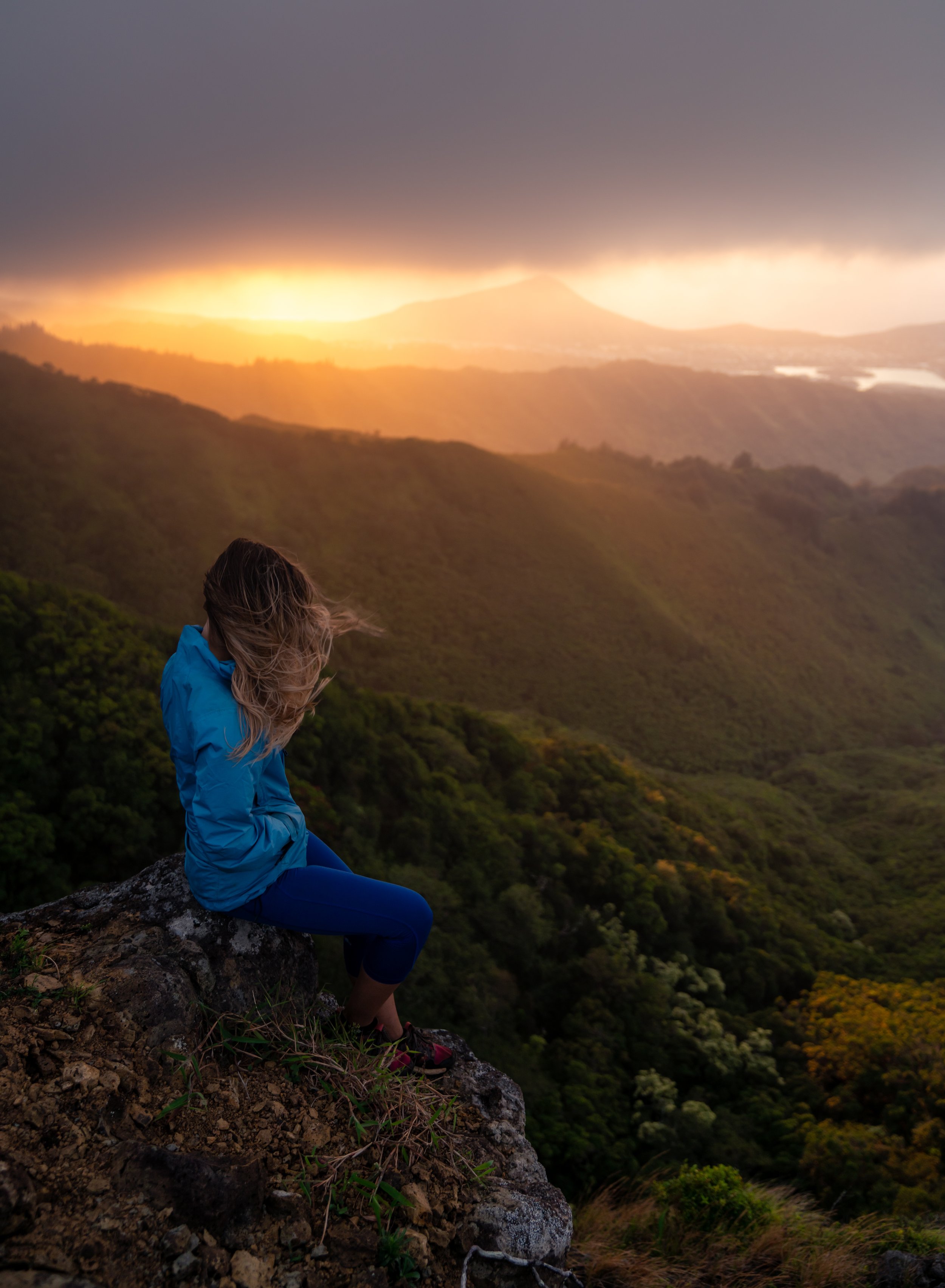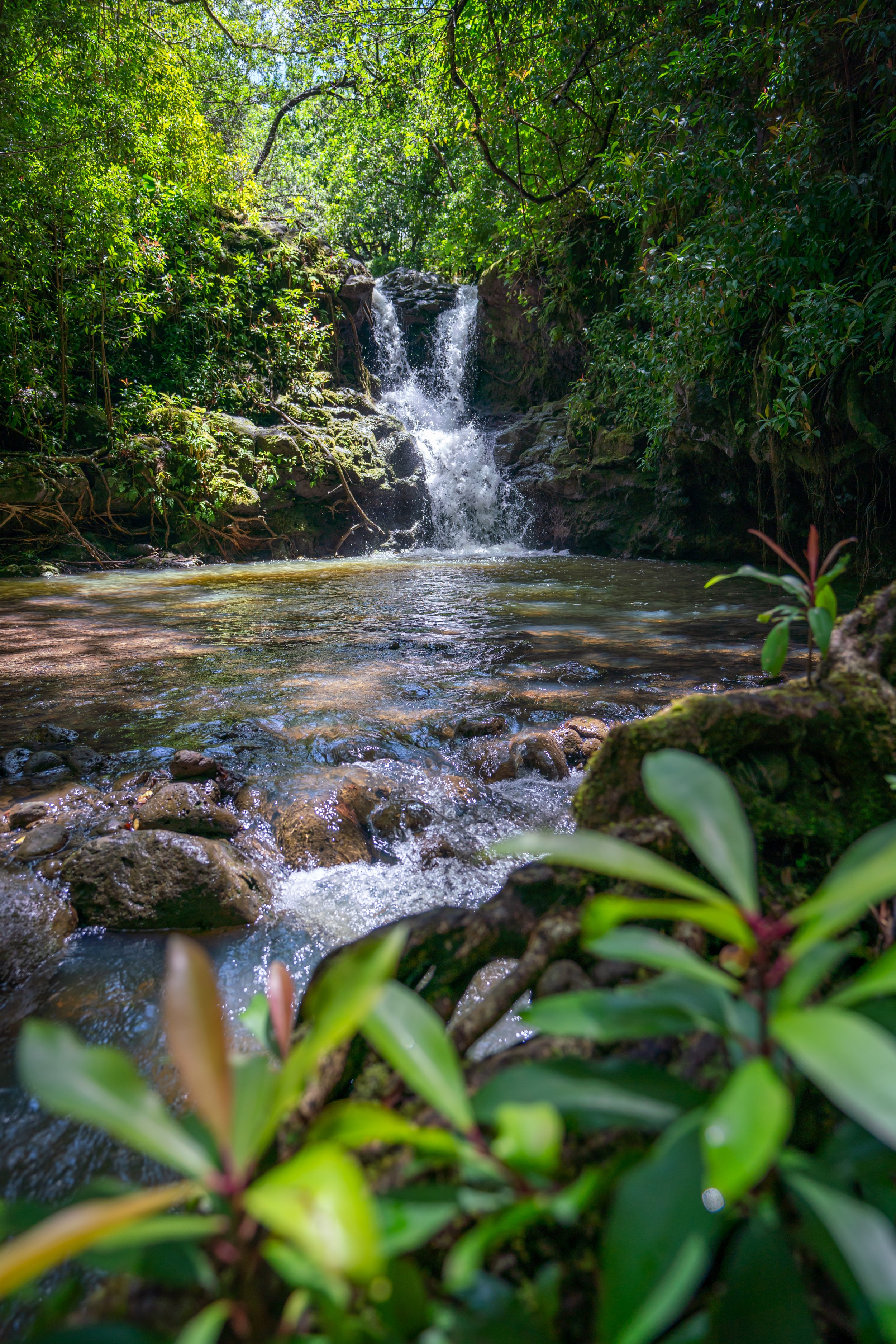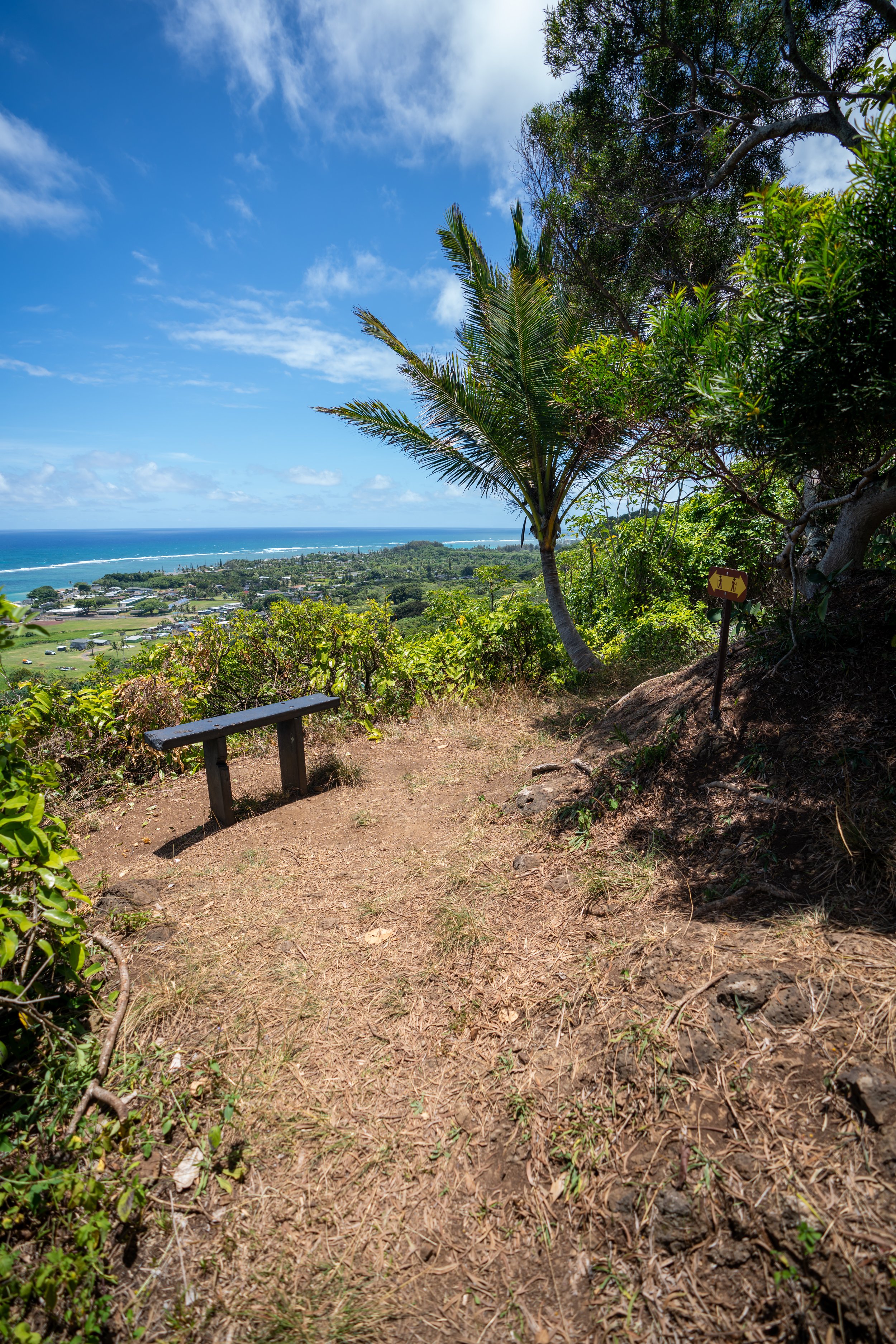What is the Best Time of Year to Visit Hawaiʻi?
To answer the question, 'What is the best time of year to visit Hawaiʻi?' I want to say: your guess is as good as mine!
However, in all seriousness, Hawaiʻi is known for having both a wet season from November through March and a dry season from May to September.
Now, simply saying that it’s best to visit during the dry season isn’t as straightforward as it may seem. In fact, the cover photo above was taken on Kauaʻi’s Nāpali Coast in February, surrounded by weeks on both sides of our trip that would not stop raining.
So, I say again: your guess is as good as mine, and amazing weather can be found throughout the year, meaning that if you have the flexibility to plan your trip at any time, there is a lot more to consider. This includes when the whales come to Hawaiʻi, the winter waves, the seasonal rain, what activities you’re most interested in, which island you plan to visit, and which sides of each island you’re most interested in seeing and staying on.
Things like elevation, the wet and dry side of each island, and what you plan to do can say a lot more about when it’s best to visit than the weather alone. Therefore, I highly recommend reading through the full article below to understand my overall opinion on the best time of year to visit the islands!
What is the Best Time of Year to Visit Hawaiʻi?
In order to answer this question, it’s best to first understand the weather in Hawaiʻi.
Hawaiʻi’s Weather
Hawaiʻi’s beautiful year-round conditions have a lot to do with where the islands are situated in the North Pacific. By this, I mean that the Hawaiian archipelago is 'barely' in the tropics, only about 69 miles (111 km) south of the Tropic of Cancer north of Kauaʻi.
This makes the waters around the Hawaiian Islands relatively cooler compared to other places in the Pacific, like Tahiti. In addition to this, Hawaiʻi typically receives its weather from trade winds that travel from east to west, as opposed to the mainland U.S., where weather travels from west to east.
This means that the east side of all the six main islands are typically wetter than the west sides, as the moisture carried in with the clouds hits the steep mountains and turns into rain on the east sides and leeward valleys.
This can most prominently be seen on a Google Maps satellite view of the islands, where the east sides will look noticeably greener than the west sides.
Given everything mentioned above, planning a trip in the middle of the winter can often be a be gorgeous stay if you plan on booking a place somewhere like Kīhei or Lāhainā, Maui, as the wet winter weather is almost always blocked by Haleakalā or the West Maui Mountains.
However, the same can’t be said about Kauaʻi, also called the Garden Isle, because the island’s interior is mountainous. This means that the places where you would likely be staying, typically from the South Shore in Poʻipū to the North Shore in Hanalei, would receive the most rain when the clouds hit the mountains.
Therefore, I truly do mean that elevation, what island you plan to visit, and what and where you plan to go and do has a lot to say regarding what kind of experience you can expect.
A general rule of thumb is that east is wetter and west is drier, which also corresponds to elevation, where low is typically drier and high is typically wetter until the elevation begins to exceed 6,000 ft. (1,829 m) on both Maui and the Big Island.
Summer vs. Winter Activities in Hawaiʻi
When it comes to what you plan to do in Hawaiʻi, there are some things to consider.
For example, Humpback whales in Hawaiʻi are seasonal to the winter only, but dolphin and turtle tours, especially on Oʻahu, are considered to be a year-round activity.
With that in mind, the things that you may want to do outside, like hiking and going to the beach, may seem best during the summer dry season, but the hottest months can make hiking Hawaiʻi’s steep trails considerably more difficult than they would be at cooler times of the year. I personally like to say that when it’s winter, cool, and clear, it’s the best hiking weather on the planet, which is exactly what we experienced that February on the Nāpali Coast.
Furthermore, the dry summer weather can also mean that hiking popular trails, such as the Mānoa Falls Trail on Oʻahu, wouldn’t be the same experience in August as it would be in January, being that the stream is rain-fed. This means that many summer visitors may only see a trickle or even a dry waterfall compared to what it normally looks like at other times of the year.
On the contrary, when the weather is the wettest on Kauaʻi, getting outside might seem like a bad idea, but heavy rain is what can make a helicopter tour the most beautiful, as typically dry waterfalls come to life across the Waimea Canyon and Nāpali Coast!
This is all to say that it’s truly up for debate regarding whether it’s best to plan a trip during the dry or wet season. It’s all personal preference, and it all depends on what you’re most interested in seeing and doing.
The last main consideration has to do with going to the beach.
Hawaiʻi is known for its famous world-class winter surf because storms that occur up in Alaska generate swells that travel throughout the Pacific, creating huge waves that break when these swells hit the reefs surrounding the Hawaiian Islands.
That being said, the shore break at beaches across Hawaiʻi can be the most extreme of any place in the world, and all too often, visitors around the state end up paralyzed because they try swimming in the shore break.
However, this is not to say that visiting during the winter isn’t a good time, as the winter waves can make for a fun time to watch some of the best surfers in the world, which is especially true on on Oʻahu’s North Shore! To truly appreciate this, I personally recommend hiking the ʻEhukai Pillbox Trail, as it makes for an amazing lookout to sit back, relax, watch the sunset, and watch the huge waves break along the beaches across Pūpūkea!
This all goes without saying: Yes, there are beaches that are calm year-round—like Waimānalo on Oʻahu or Poʻipū on Kauaʻi—but the warning mentioned above should be taken seriously when swells are elevated. For the most part, this occurs in winter across the north- and west-facing shores, as well as in summer on the south- and east-facing shores.
What is the Best Time of Year to Visit Hawaiʻi?
So, given all the considerations mentioned above, my answer for the best time of year to visit Hawaiʻi is the shoulder seasons, meaning April and October, with my overall recommendation leaning toward October.
I say this because these are the times of the year when the weather isn’t too hot or too wet, and the kids are in school, which in turn means there are typically fewer visitors throughout the islands.
That being said, there are always exceptions to this thinking, like if a winter runs particularly long or the hottest months (August–September) extend into October. However, for the most part, these are the most desirable times of the year to visit Hawaiʻi, given all the considerations to keep in mind, like the weather, the waves, and the number of people traveling to the islands.




